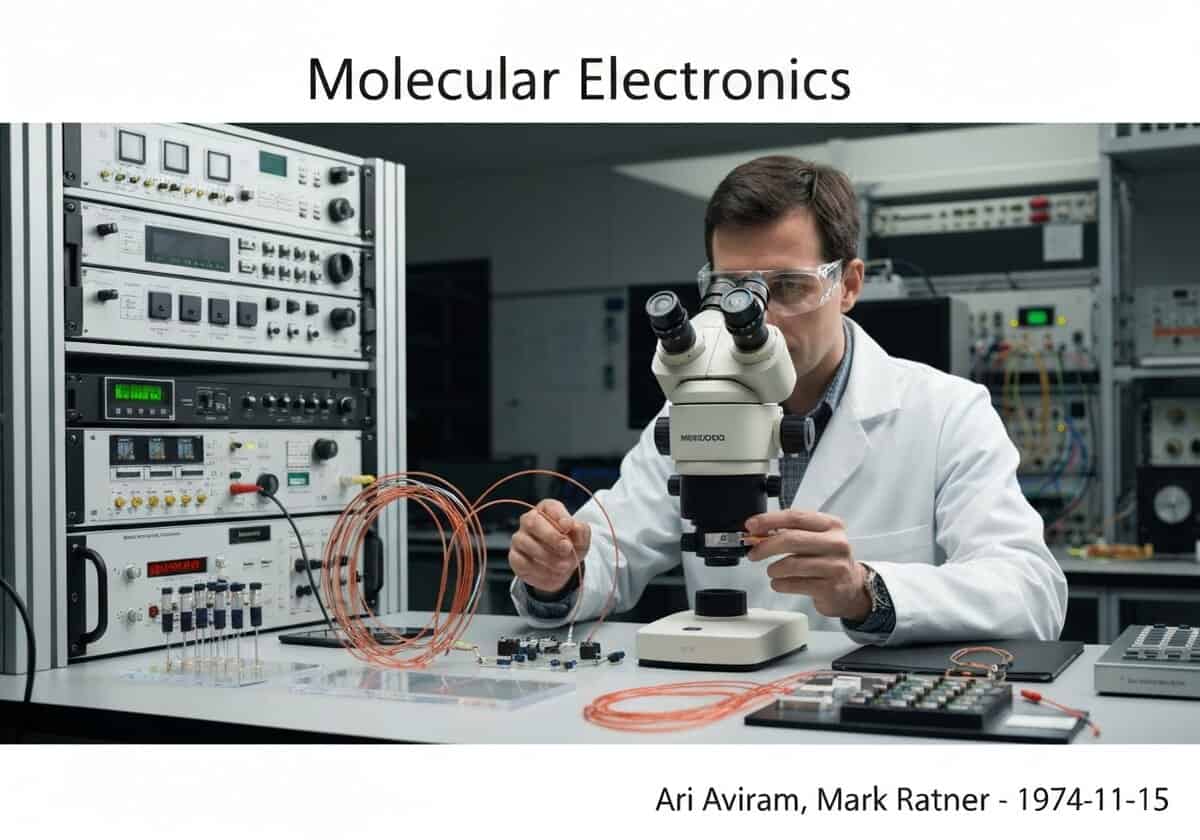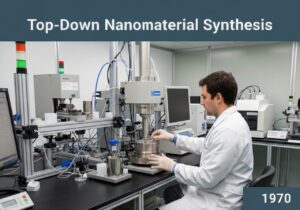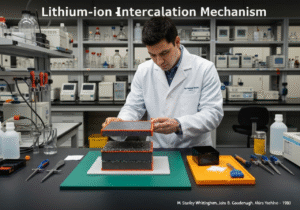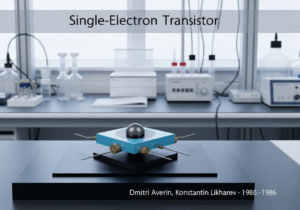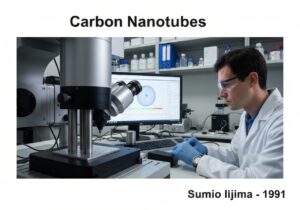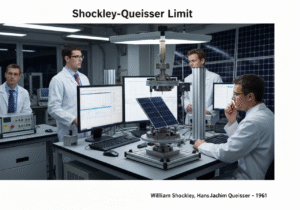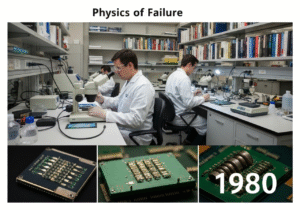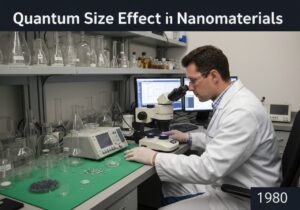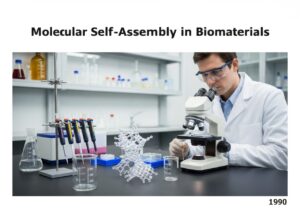La electrónica molecular explora el uso de moléculas individuales o conjuntos moleculares a escala nanométrica como componentes electrónicos fundamentales. Este enfoque busca construir circuitos en el límite máximo de la miniaturización, mucho más allá de la tecnología tradicional basada en silicio. Los componentes clave incluyen cables moleculares, interruptores y rectificadores, aprovechando propiedades de la mecánica cuántica, como el efecto túnel de electrones a través de orbitales moleculares, para su funcionamiento.
The concept of molecular electronics, first conceptualized by Ari Aviram and Mark Ratner in 1974, represents a paradigm shift from top-down lithography to bottom-up self-assembly for creating electronic circuits. Their seminal paper proposed a molecular rectifier, a D-σ-A molecule (Donor-sigma bridge-Acceptor), which would allow current to flow preferentially in one direction, analogous to a semiconductor p-n diode. The principle relies on the alignment of molecular energy levels (HOMO and LUMO) under an applied bias voltage. When a voltage is applied, electrons can tunnel from an electrode, through the molecule’s orbitals, to the other electrode. The asymmetry in the D-A structure creates an asymmetric current-voltage (I-V) characteristic, which is the basis of rectification.
Beyond simple rectifiers, researchers have demonstrated molecular wires (e.g., conjugated polymers), switches that can be toggled between ‘on’ and ‘off’ states using light, heat, or electric fields, and even molecular transistors. The primary challenge lies in reliably connecting these tiny molecules to macroscopic electrodes and creating stable, reproducible devices. Techniques like scanning tunneling microscopy (STM) break junctions and mechanically controllable break junctions (MCBJs) are used in laboratory settings to measure the conductance of single molecules. While full-scale molecular computers remain a distant goal, the principles are being applied in areas like molecular sensing, where the electronic properties of a molecule change upon binding to a specific target analyte, and in organic light-emitting diodes (OLEDs), which rely on charge transport through organic molecular films.
Este campo es altamente interdisciplinario y fusiona la química cuántica, la ciencia de los materiales y la física de la materia condensada. Promete no solo una miniaturización extrema, sino también nuevas funcionalidades derivadas de las propiedades cuánticas únicas de las moléculas individuales, lo que podría conducir a dispositivos con menor consumo de energía y modelos computacionales completamente nuevos.

